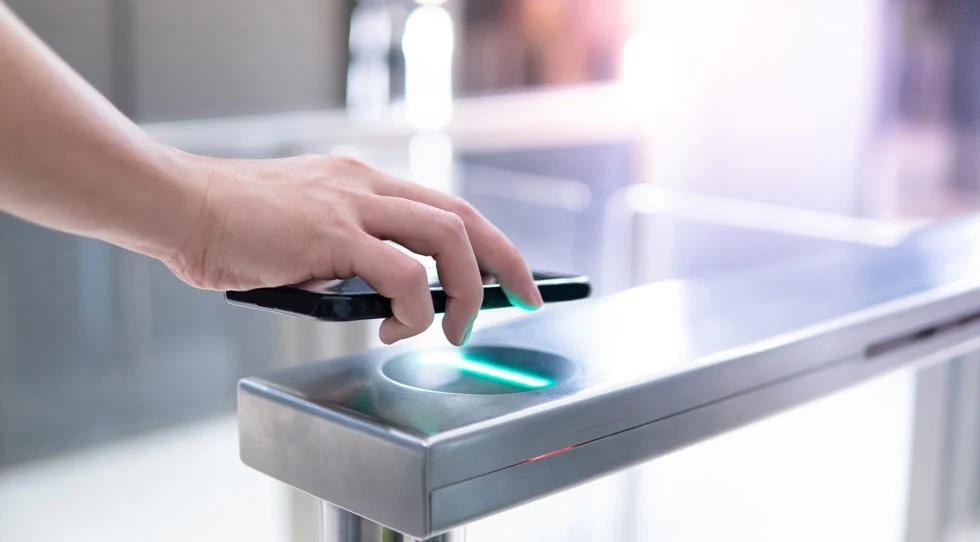
The Importance of Automated Fare Collection
It is likely that most people have seen commuters use a card or just their phone to access mass transit vehicles such as Metros. How does that procedure work, and how can the user take advantage of the transportation service without physically purchasing tickets? That’s done by an Automated Fare Collection (AFC) system.
Automated Fare Collection consists of automatic ticket selling, ticket checking, and gate machines. It is a smartcard-based back-to-back contactless payment and fare collection system. Ticket vending machines, internet services, or other means are employed in place of paying the fare in cash up front.
What Is An Automated Fare Collection And How Does It Work?
Automated Fare Collection is a method of digitizing ticket issuance that is widely utilized in public transportation and other areas. Automated fare collection, which includes everything from fare gates to mobile apps, only has one goal: to use specialized technology and software to remove people from the process validation.
Passengers can enter the public transit network via a variety of validation media. This category includes one-time tickets, smart cards, mobile ticketing apps, smart wearables, and contactless EMV cards. The two ways to validate a fare are through a fare gate or through a unique electronic validator.
The Importance of Automated Fare Collection
Automated fare collection systems have proven to be crucial in recent years in improving the cost, accessibility, effectiveness, and convenience of public transportation.
- Affordable — Automated fare collection systems have made it possible for agencies to provide their customers the “best fare” choices in a clear and practical manner. These include time and distance-based rates, as well as fare capping, which is increasingly becoming a requirement for any contemporary agency.
- Accessible — Agencies have attracted groups that were formerly reluctant to use public transit due to its cost by offering the greatest fare options described above. AFC systems’ analytics and reports can also guarantee that transportation service is available in all of the places where it is most needed.
- Efficient — Automated fare collection systems can substantially speed up the boarding process by eliminating cash and human interaction. This results in less waiting time and more prompt service. Enhancements to routes and timetables further increase efficiency.
- Convenient — Making it possible for users to pay with a method that is suitable for them makes using the public transportation system easier and encourages more users to join. Transit agencies can break down the final financial or technological barrier to potential riders by offering a full range of payment choices.
To Conclude
It is true that automatic fare collection systems are useful to the government, the system operators, the municipal planning commission, and most importantly, the commuter population. Technological advancements such as contactless smart cards do not alone enable automated fare collection. Aside from meeting operational and sales targets, it provides a standard-based, open, modular solution.





